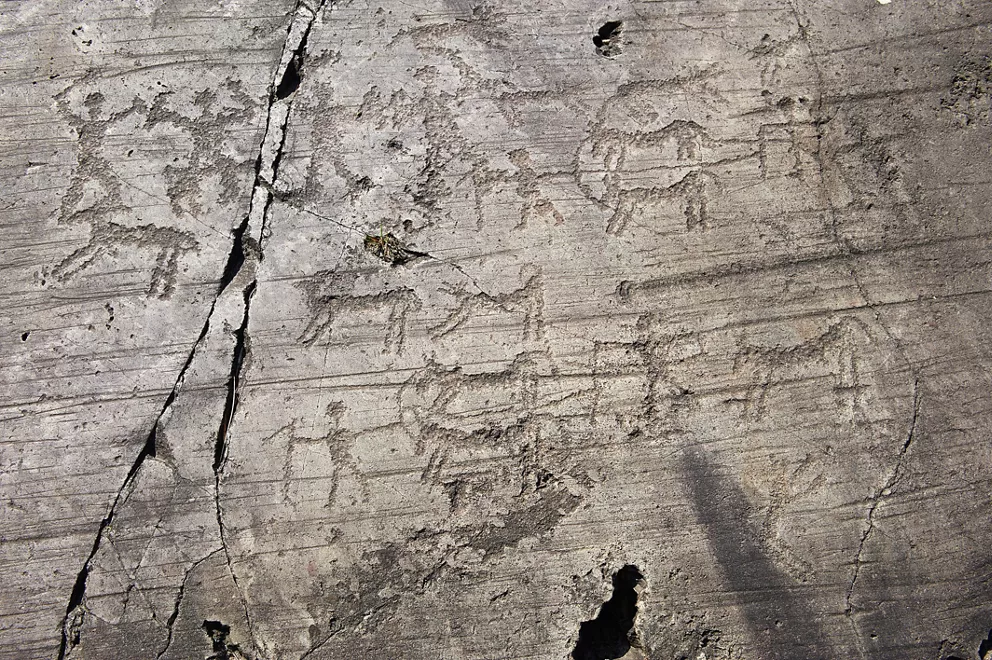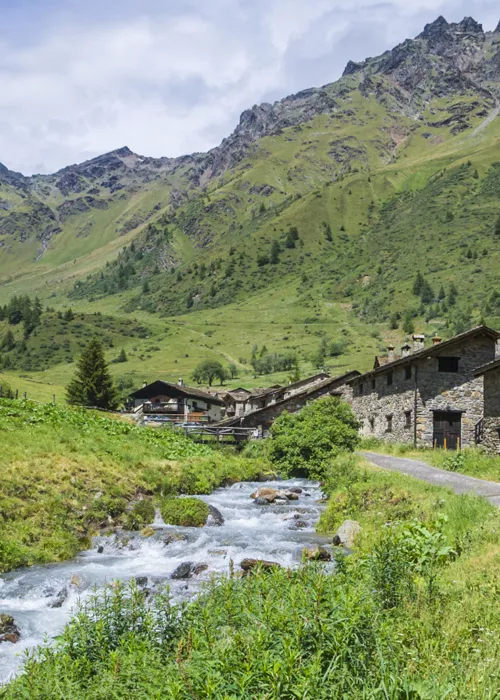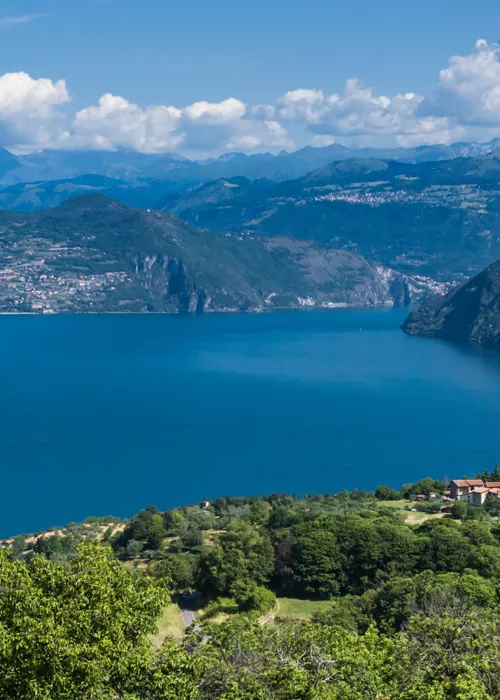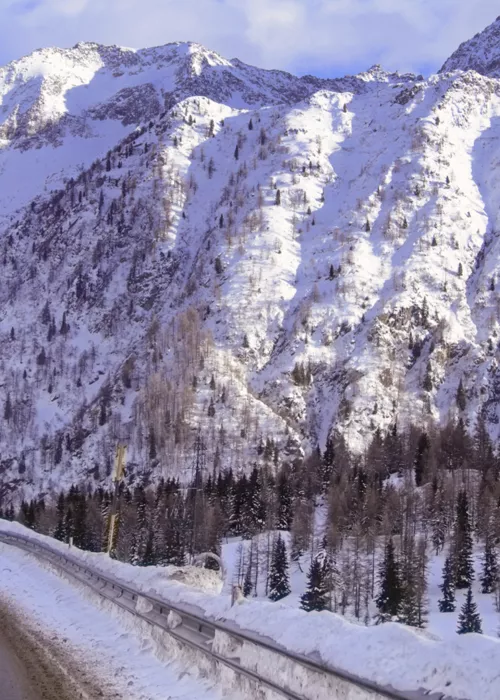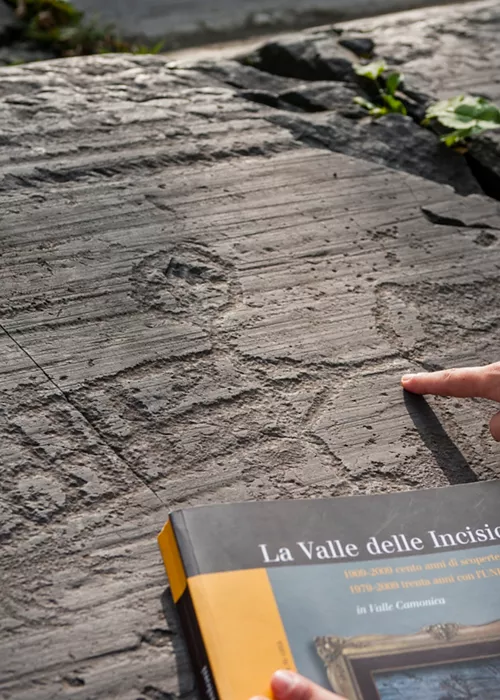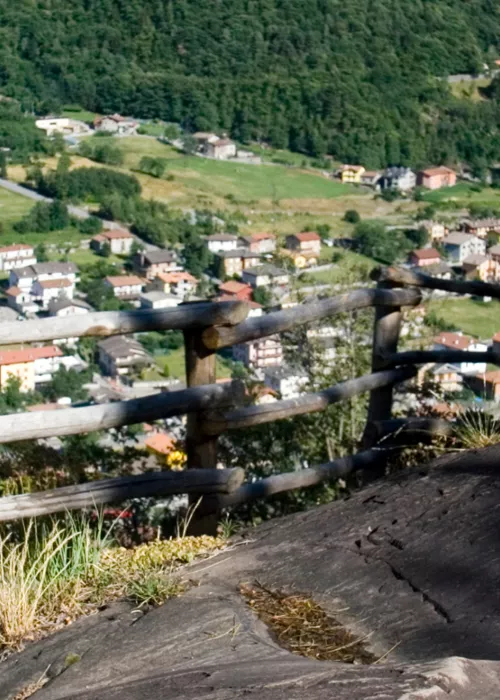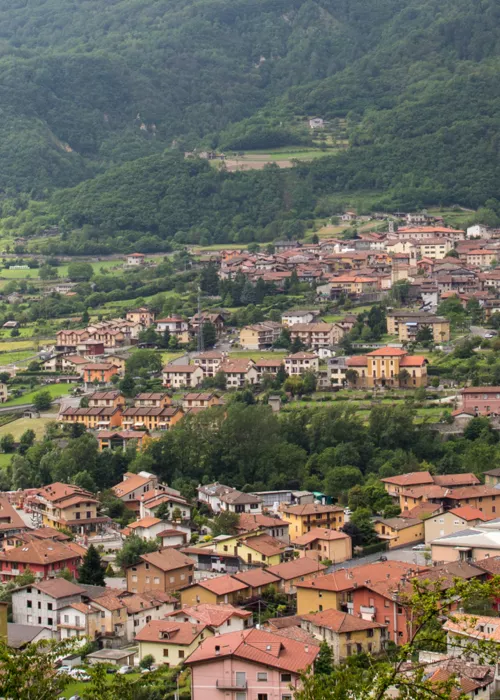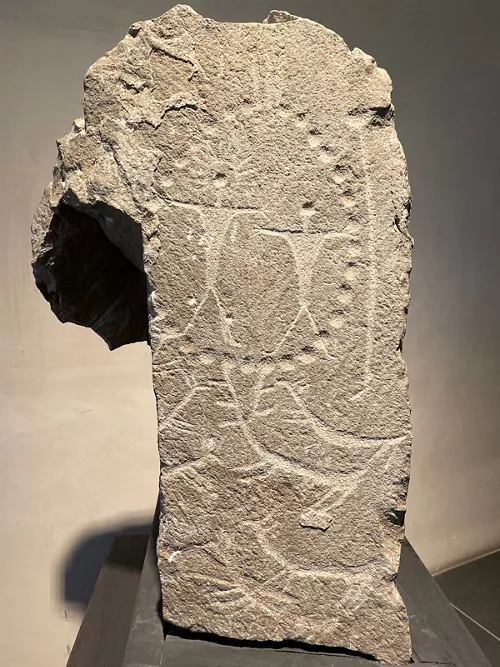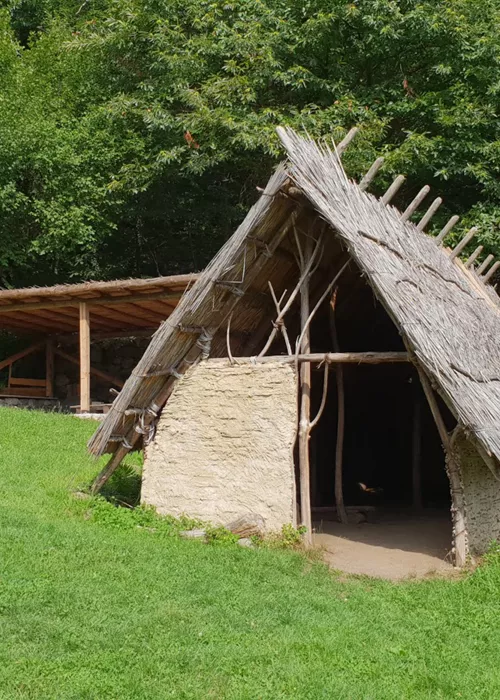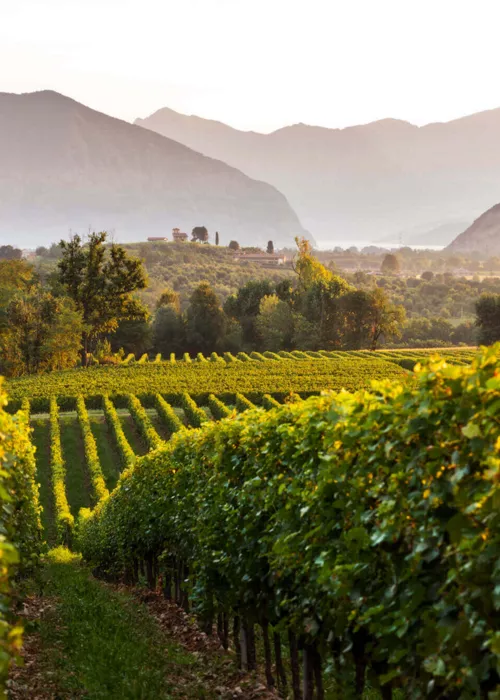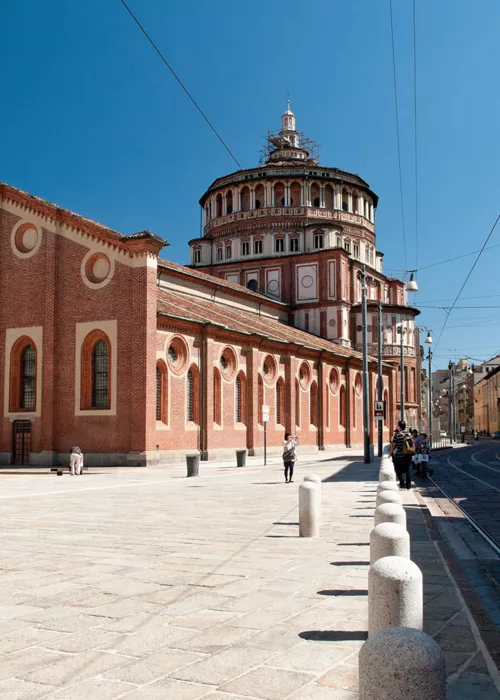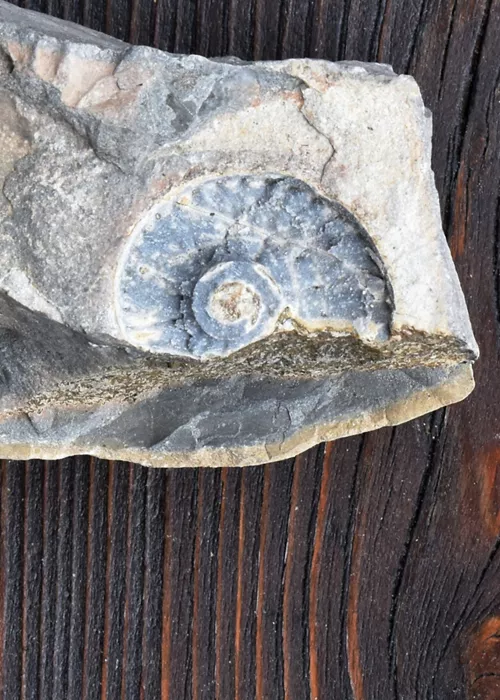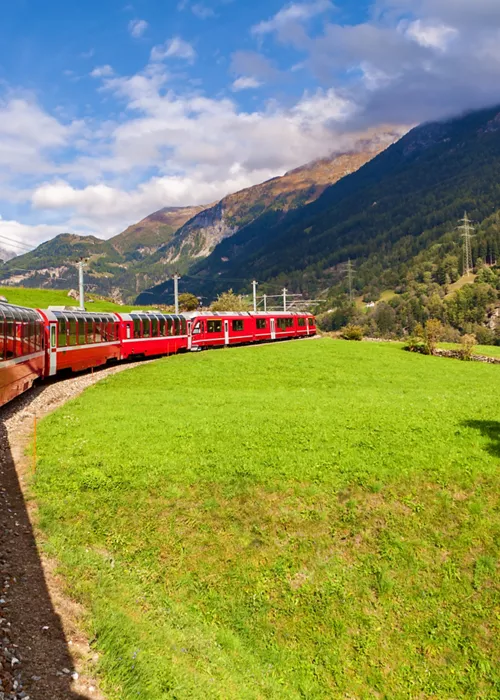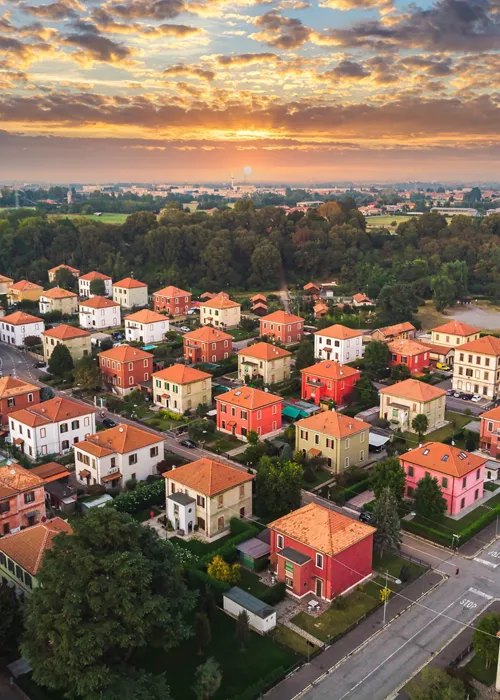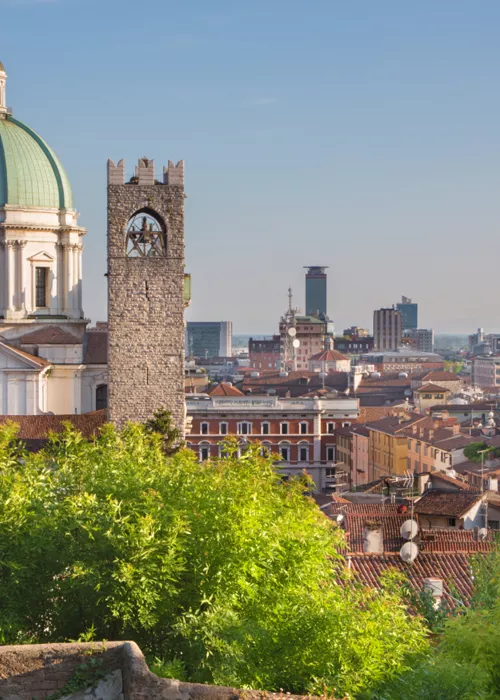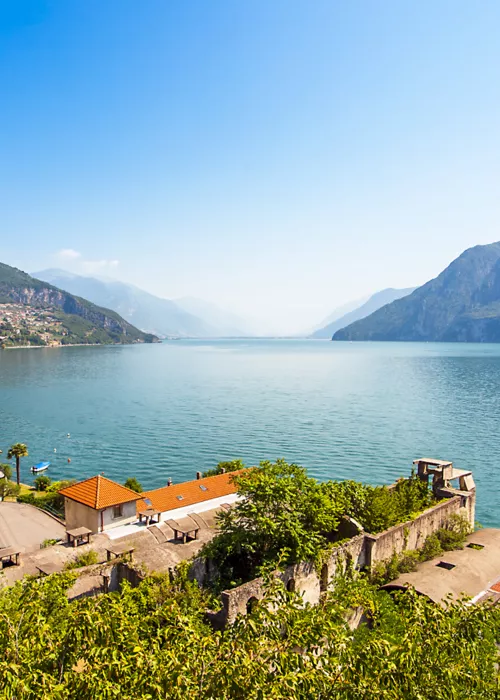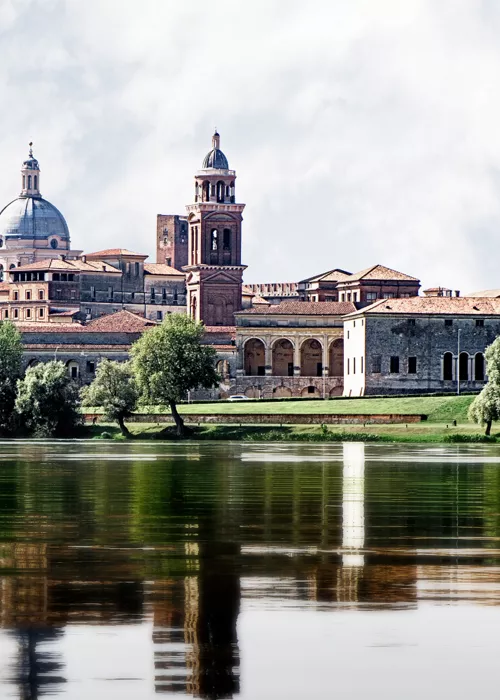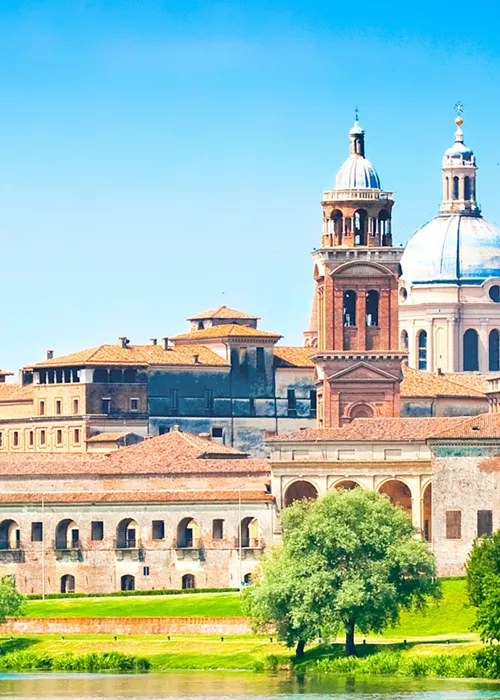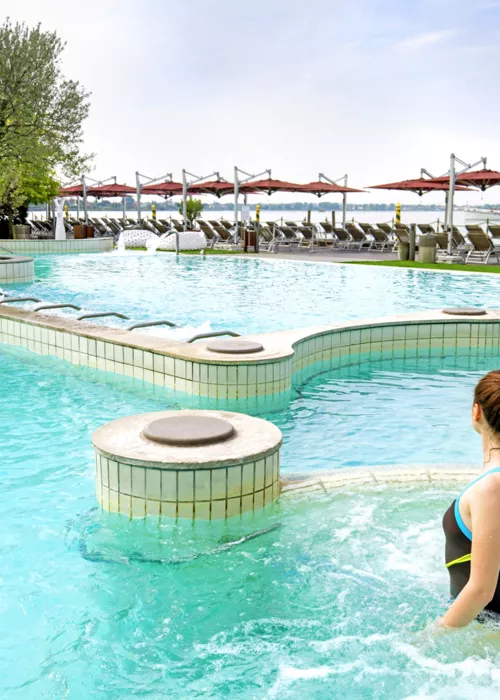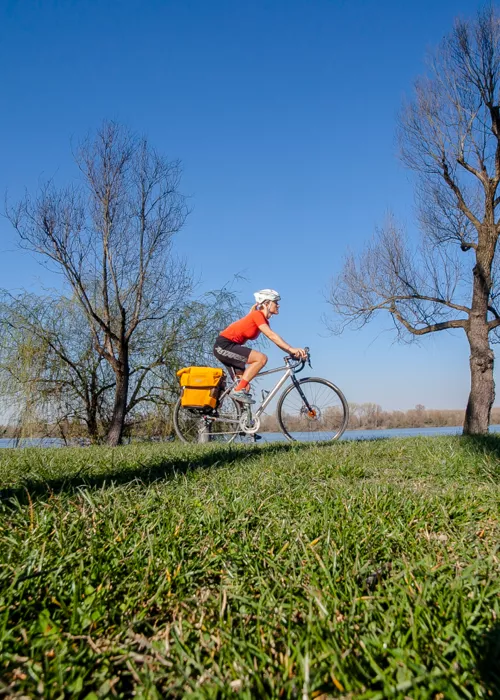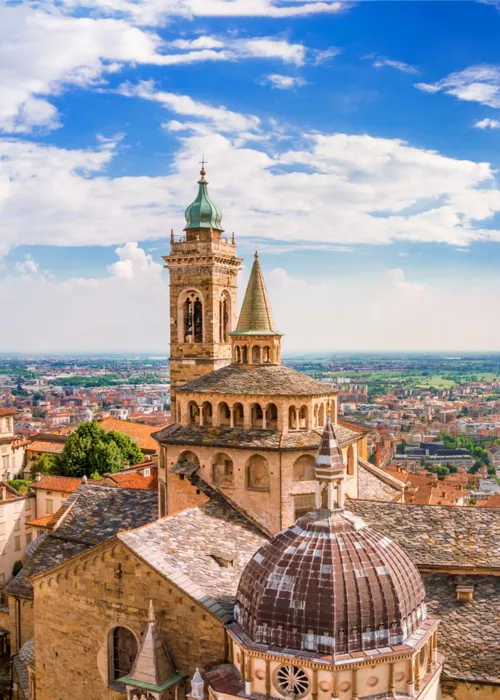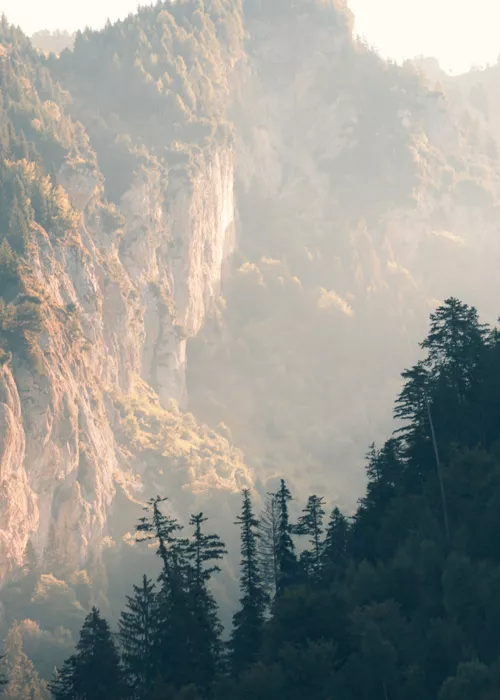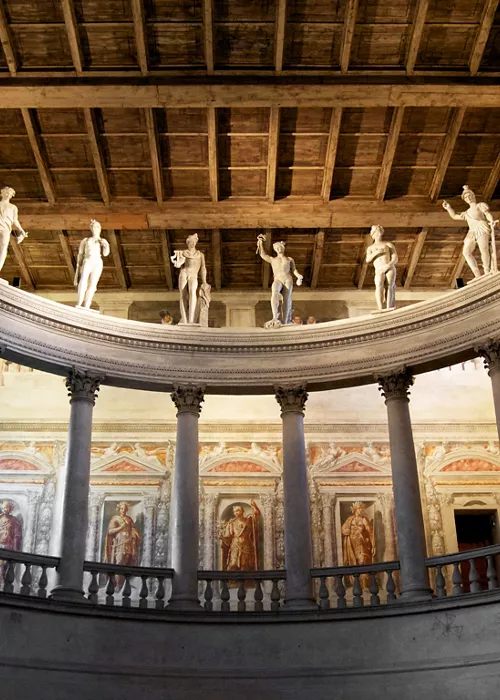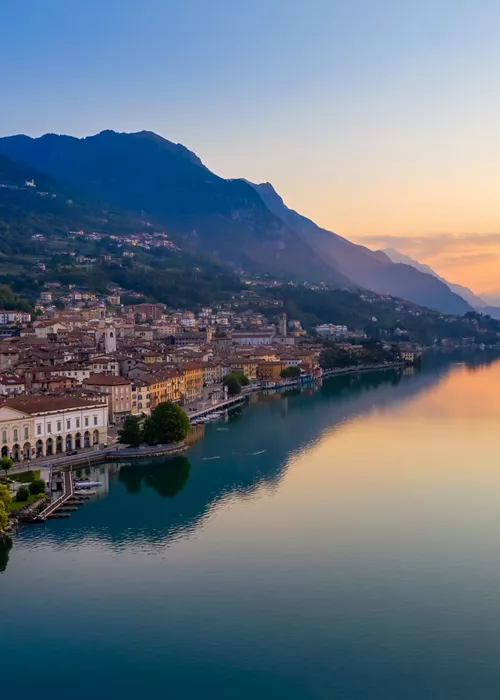Valcamonica: history spanning over 8,000 years
4 minutes
Valcamonica holds one of the largest collections of petroglyphs in the world and was the first of the Italian sites on the UNESCO World Heritage List thanks to fits timeless enchantment.
The “Valley of Signs” is an unprecedented plunge into the past, and beyond. An excursion that means culture but also nature. If you head towards the North on the left side of the valley, you will come to Adamello Park. Acknowledged as a UNESCO Global Geopark, its rare geological and morphological heritage is of great scientific interest. It is home to no fewer than 1,300 different species of plants and flowers of rare beauty, numerous wild animals, both small and large, glaciers, coniferous forests and many Alpine lakes.
Lastly, ski enthusiasts should put Valcamonica on their to-do list of places to visit in winter. Stopping at Ponte di Legno, you can take advantage of the fantastic slopes of the Ponte di Legno-Tonale ski area.
The location of Valcamonica
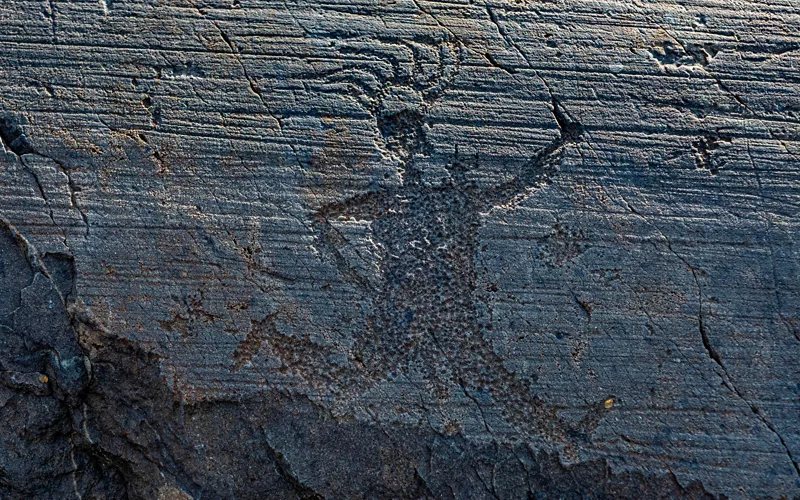
Valcamonica, also known as Val Camonica or Valle Camonica, is a valley in Lombardy that’s one of the largest in the Central Alps. Stretching about 90 kilometres between the provinces of Brescia and Bergamo, skirting Lake Iseo and ending with Passo del Tonale, Passo dell’Aprica and Passo del Gavia.
The rock engravings of Valcamonica, also known as Valcamonica rock graffiti or petroglyphs, are an invaluable historical testimony: they were made from the Mesolithic (VIII-VI millennium BC) to the Roman and Medieval Ages, passing through the Neolithic, Copper, Bronze and Iron Ages. Carved on 2,500 rocks on both sides of the valley, they tell of the customs and habits of our prehistoric ancestors.
History and information on Valcamonica
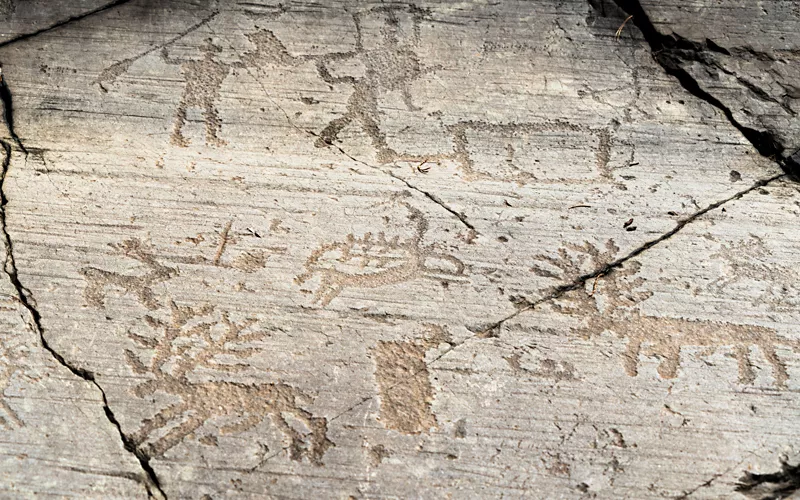
The first human traces in Valcamonica date back to some 13,000 years ago, following the melting of the glaciers. The ancient Camuni who settled in the valley left around 300,000 signs that allow us to interpret their daily life. The oldest depictions, dating back to the late Palaeolithic-early Mesolithic period, show us, for instance, moose and deer that were most likely carved by nomadic hunters.
The first permanent inhabitants in the area date back to the Neolithic period, when some engravings of anthropomorphic figures known as “orants” appeared. The first hints of metallurgy, the discovery of ploughing and wheeled transport led the way into the Eneolithic period and, in this phase, sanctuaries composed of boulder-menhirs, which were in turn engraved, became widespread.
The Bronze Age marked a new change: the first armed figures began to be depicted on the rock surfaces. The highest point was reached with the Iron Age, with 75% of the engravings being produced as the Camuni people established contacts with neighbouring areas.
Why Valcamonica is a UNESCO site
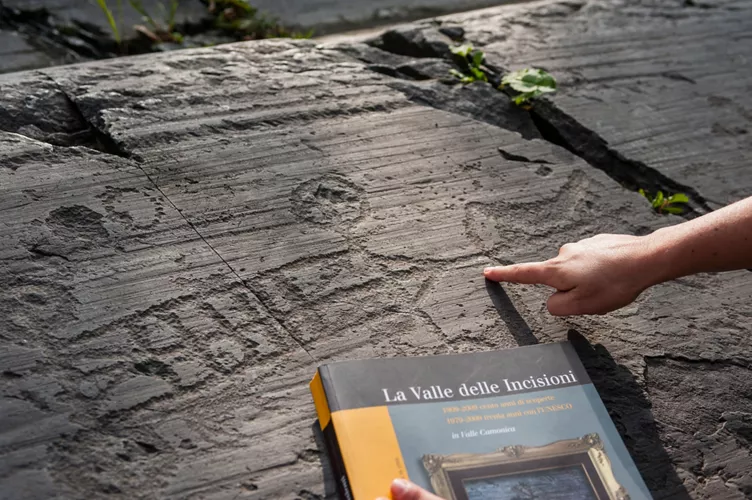
Valcamonica was the first Italian site to be inscribed on the UNESCO World Heritage List, in 1979.
The UNESCO area covers the entire valley and includes eight parks, some more “historical” and well-known such as Capo di Ponte, others more recent such as Seradina-Bedolina and Sonico.
The area deserves World Heritage status precisely because of the inestimable value of its cave paintings, prehistoric traces of universal importance. Rock art is sometimes so accurate that it conveys invaluable information about the spirituality and everyday life of our Camuni ancestors.
The most beautiful places to visit in Valcamonica: six unmissable stops

Visiting Valcamonica means falling in love with many destinations of unique charm. We suggest six different stops, starting in Darfo Boario Terme. This town only a few minutes from Lake Iseo is famous for its thermal baths, set in a beautiful thermal park.
Capo di Ponte, in mid-Valcamonica, is a famous spot for rock engravings in its three Unesco-listed archaeological parks: the National Park of Rock Carvings of Naquane in which there are 104 rocks engraved with symbolic depictions ranging from the Neolithic to the Iron Age; the Municipal Archaeological Park of Seradina-Bedolina; and the National Archaeological Park of the Boulders of Cemmo, whose name derives from two large boulders originating from a landslide at the beginning of the Holocene period and decorated with animals, ploughing and cart transport scenes and anthropomorphic figures. A megalithic sanctuary developed around the boulders from the Copper Age onwards.
Capo di Ponte is also home to the National Museum of Prehistory of the Camonica Valley, housed in the ancient building of Villa Agostani. Inside, in addition to the exhibition of artefacts and images engraved on the rocks, it recounts the identity of the Camonica Valley in depth.
The last major stop is the Nature Reserve Rock Engravings of Ceto, Cimbergo and Paspardo, the largest archaeological area in Valcamonica among plateaus, woods and ancient agricultural terraces.
The typical products of Valcamonica: five delicacies to taste
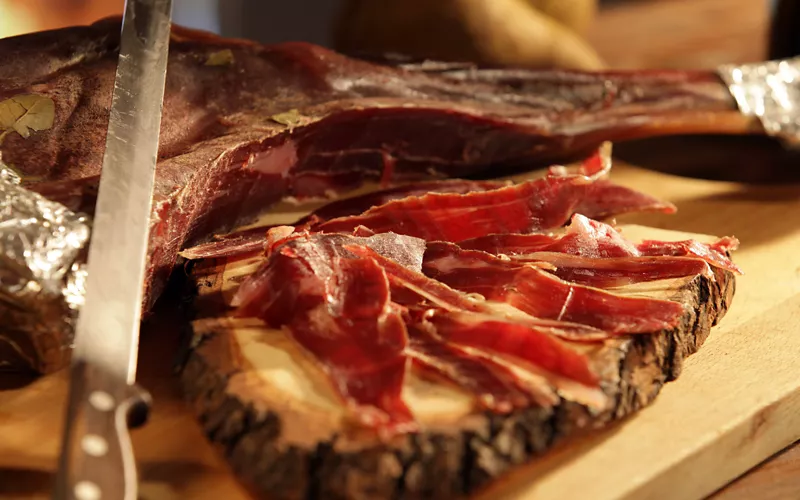
Valley gastronomy relies on simple recipes, with genuine products typical of the mountains and rich flavours such as casoncelli, stuffed tortelli with a classic candy shape and a filling that in Valcamonica is made of sausage, herbs, potatoes and leeks.
Il violino di capra is a cured meat made from the violin-shaped leg of the animal left to cure for about 10 days in salt and herbs, then hung and matured.
Cheese lovers absolutely must try Silter, the most typical cheese of Valcamonica.
Migole, a kind of polenta made from chestnut and buckwheat flour to which butter or cream is added, is remarkable.
Finally, a delicious traditional meat dish is cuz, a mutton stew that is cooked for several hours with a small amount of water with salt and sage and then stored in earthenware pots filled with fat and salt.

